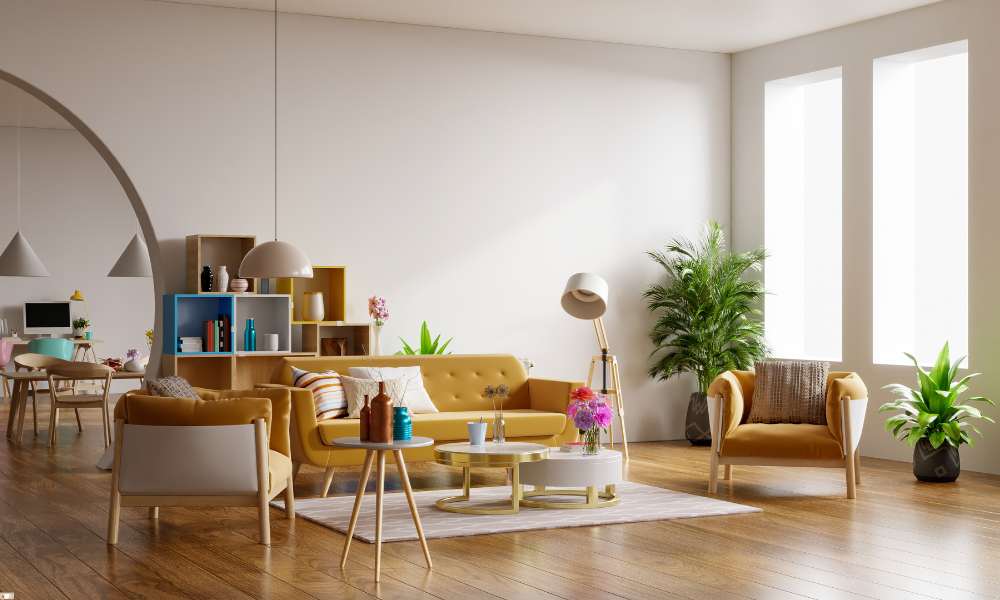Choose the perfect floor lamp can transform the ambiance and functionality of any room. With a wide variety of designs, materials, and features available, selecting the right floor lamp can be overwhelming. This guide will walk you through the essential considerations for making an informed decision. From understanding different styles and their compatibility with your decor to considering factors such as lighting needs, size, and placement, you’ll gain valuable insights into choosing a floor lamp that not only illuminates your space effectively but also enhances its aesthetic appeal. Whether you’re seeking a statement piece or a subtle addition, this guide will help you find the ideal floor lamp for your home.
Understand the Purpose

Before selecting a floor lamp, it’s crucial to understand its intended purpose. Are you looking for ambient lighting to create a cozy atmosphere, task lighting for reading or working, or accent lighting to highlight a particular area or object? Different lamps serve different functions, and knowing the primary purpose will help narrow down your options. For example, an arc floor lamp might be ideal for task lighting over a sofa, while a tripod floor lamp can provide ambient light and add a decorative element to the room.
Consider the Room’s Décor
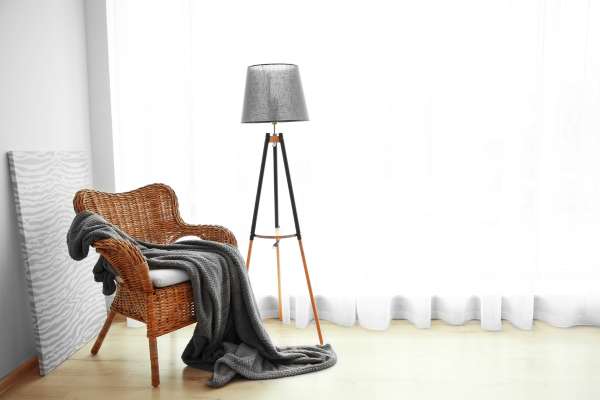
The floor lamp you choose should complement the existing décor of the room. Consider the style, color scheme, and materials used in your furniture and other decor elements. A modern, minimalist lamp may clash with a traditionally decorated room, while a rustic lamp may not suit a sleek, contemporary space. Pay attention to the lamp’s design, finish, and color to ensure it enhances the room’s aesthetic. Matching or contrasting the lamp with other decor pieces can create a cohesive or dynamic look, adding to the room’s overall appeal.
Decide on the Lamp Type
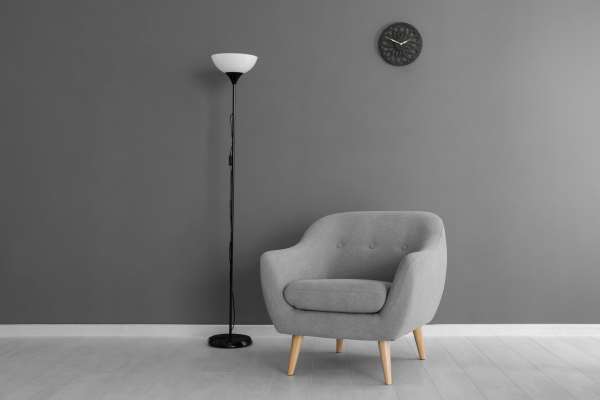
Selecting the right type of floor lamp is essential to meet your lighting needs and style preferences. Common types include arc lamps, torchiere lamps, and tripod lamps. Arc lamps are great for providing direct light over a specific area, making them ideal for reading nooks or over sofas. Torchiere lamps direct light upwards, offering general room illumination and a touch of elegance. Tripod lamps, with their stable base and stylish design, can serve as both a functional light source and a statement piece. Assess your needs and choose the lamp type that best fits your space and lifestyle.
Determine the Height
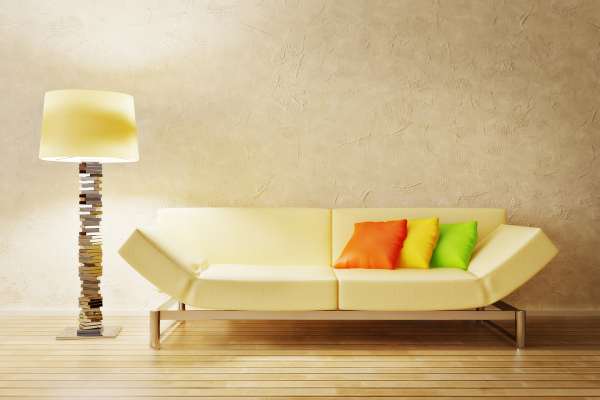
The height of your floor lamp significantly impacts its functionality and aesthetic appeal. A lamp that’s too tall may overpower the room, while one that’s too short might not provide adequate lighting. For reading or task lighting, the lamp’s shade should be at or just below eye level when you’re seated. For ambient lighting, taller lamps work well to spread light more evenly across the room. Consider the height of your ceilings and the placement of your furniture when choosing the lamp’s height to ensure it integrates seamlessly into your space and provides the desired lighting effect.
Choose the Right Bulb
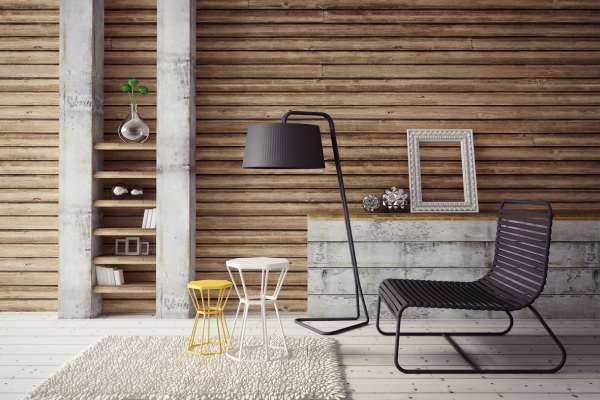
Selecting the appropriate bulb for your floor lamp is crucial for achieving the desired lighting quality and energy efficiency. Consider the bulb’s brightness, color temperature, and energy consumption. LED bulbs are a popular choice due to their long lifespan and energy efficiency. For a warm, cozy ambiance, opt for bulbs with a lower color temperature (around 2700K). If you need bright, task-oriented light, choose bulbs with a higher color temperature (3000K to 5000K). Additionally, check the lamp’s maximum wattage rating to ensure compatibility. The right bulb will enhance your lamp’s performance and contribute to a comfortable and well-lit environment.
Pay Attention to the Lamp’s Base
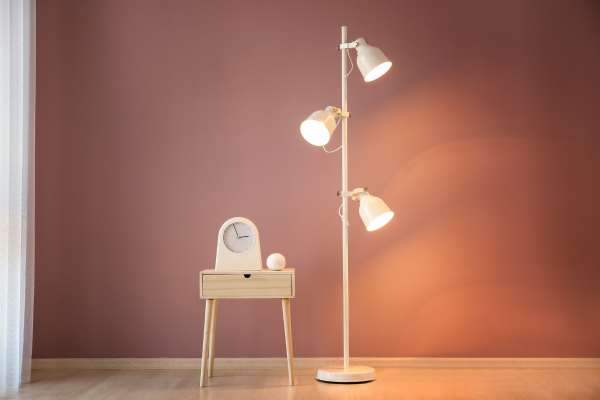
The base of a floor lamp plays a crucial role in its stability and style. A sturdy, well-designed base ensures the lamp won’t tip over easily, which is especially important in homes with pets or children. Consider the material and weight of the base; heavier bases made of metal or stone provide more stability than lighter materials. Additionally, the design of the base should complement the overall look of the lamp and the room. Whether you prefer a sleek, modern base or a more decorative, traditional one, make sure it fits seamlessly with your decor while providing the necessary support.
Consider the Lamp Shade
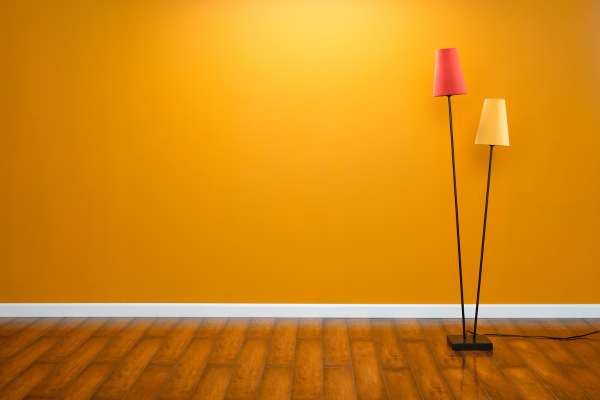
The lamp shade not only affects the lamp’s appearance but also its lighting quality. Shades come in various shapes, sizes, and materials, each influencing how light is dispersed. A wider shade allows for more light distribution, ideal for ambient lighting, while a narrow, focused shade is better for task lighting. The material of the shade, whether fabric, glass, or metal, also impacts the light’s warmth and intensity. Choose a shade that enhances the lamp’s aesthetic appeal and suits your lighting needs. Additionally, consider the shade’s color and translucency to ensure it complements your room’s decor and provides the desired light effect.
Think About Placement

The placement of your floor lamp can significantly impact the room’s functionality and ambiance. Position your lamp where it will be most useful and visually appealing. For reading or task lighting, place the lamp next to a chair or desk. For general illumination, position it in a corner or near a wall to spread light across the room. Ensure the lamp is accessible to an electrical outlet and doesn’t obstruct walkways. Additionally, consider how the lamp’s light will interact with other light sources in the room, such as overhead lights or natural sunlight, to create a balanced and inviting atmosphere.
Match with Other Lighting
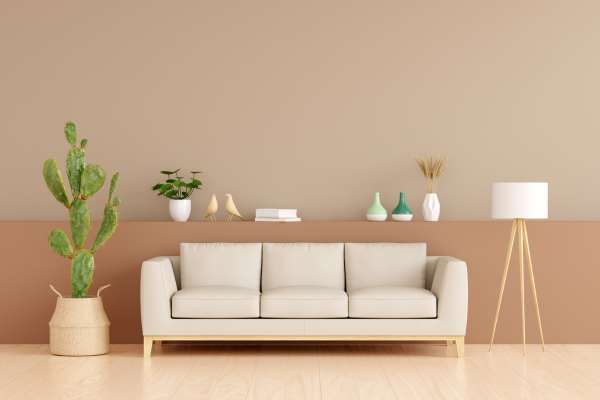
Harmonizing your floor lamp with other lighting fixtures in the room can create a cohesive and well-balanced lighting scheme. Consider the style, color, and intensity of your existing lights, such as table lamps, ceiling lights, and wall sconces. If you have a modern, minimalist aesthetic, choose a floor lamp with clean lines and a similar finish. For a more eclectic look, you can mix different styles, but ensure there is a unifying element, like a common color or material. Matching your floor lamp with other lighting will enhance the room’s overall ambiance and ensure that all light sources work together seamlessly.
Budget Considerations
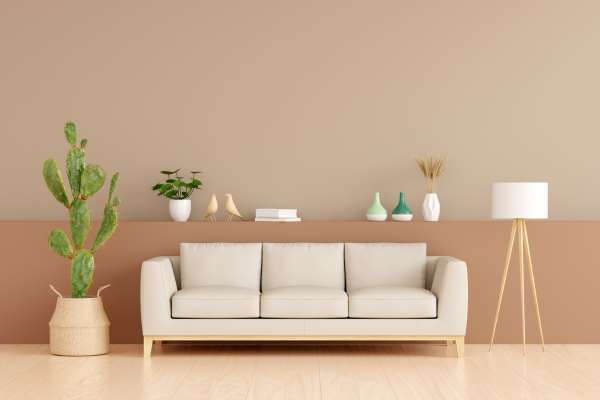
While choosing a floor lamp, it’s important to keep your budget in mind. Floor lamps can vary widely in price, depending on their design, materials, and brand. Determine how much you are willing to spend before you start shopping. Keep in mind that while more expensive lamps often offer better quality and durability, there are also affordable options that provide excellent lighting and style. Look for sales, discounts, and reviews to find a good deal without compromising on quality. By setting a budget and sticking to it, you can find a floor lamp that meets your needs and preferences without overspending.
Conclusion
Selecting the perfect rewire floor lamp involves considering various factors, from understanding its purpose to matching it with your room’s decor. By determining the type of lamp, its height, the right bulb, and paying attention to the lamp’s base and shade, you can find a functional and stylish lighting solution. Thoughtful placement and coordination with other lighting fixtures will enhance the room’s ambiance while sticking to your budget ensures a smart purchase. With these tips, you can choose a floor lamp that not only illuminates your space but also adds a touch of elegance and comfort to your home.
